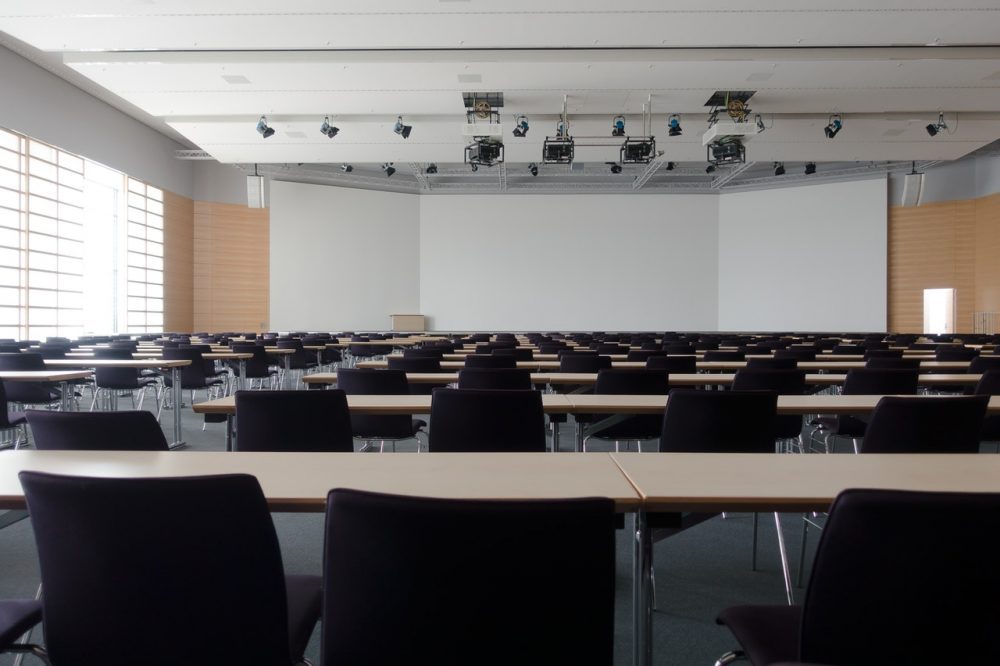Slow internet has been an issue for schools all over the world. Some don’t even have internet available…and it’s already 2024.
School internet speeds are measured in bandwidth (kilobytes per second) per student. This approach measures the possible speed assuming simultaneous usage by every student in a school.
So that means every school’s internet speed will need to be different because of the number of students. In this article, we will discuss how much the download & upload speed should be for a school.
Recommended internet speeds for schools
As mentioned before, school internet speeds are measured in bandwidth (kilobytes per second) per student. The recommended speed per student is 64kbps. On average a school needs at least 100mbps (megabits per second).
Schools must consider “uncontended” connections. Meaning; means that the school does not share the connection with other customers. They should also look for “symmetrical” where download and upload speeds are the same.
Schools tend to compare their packages with “Home” packages offered, and “Home packages” cannot offer either of these options. Schools must also avoid signing up for a connection with a data limit – this will result in extra costs.
Schools are likely to find that their connection needs will increase throughout the contract, a quote of 30% per annum has been mentioned – as internet services are continually becoming more “data-heavy” as new technologies come along.
The recommendation is to make sure your supplier can offer a “future-proof” package for your school, with an easy upgrade path, and pricing points. | Source
“On average a school needs at least 100mbps (megabits per second)“
The best connection type for schools
The best connection type will always be Fiber-optic. So also for schools, fiber will be the best internet connection type to choose. But if fiber or cable is not available, the following best should be DSL internet(Great for rural areas).
Digital subscriber lines, or DSL, are frequently available in places where cable or fiber internet service may not be available. Your phone lines serve as your internet connection while using DSL. However, unlike dial-up, where an incoming call would break your connection, DSL allows you to browse the internet without concern about your connection being broken by an incoming call.
For individuals in remote areas searching for a dependable and economical internet connection, DSL is the best option. Although it has slower speeds than cable internet options, it might still be less expensive than satellite internet. DSL service providers may maintain reasonable costs since they deliver services over already-existing phone lines.
The different types of Internet Connections
Notable DSL internet providers
Conclusion
School internet speeds are measured in bandwidth (kilobytes per second) per student. 64kbps is the suggested speed for each learner. A school typically requires at least 100 Mbps (megabits per second).
Fiber-optic will always be the best sort of connection. Fiber will therefore be the finest internet connection type to select for schools as well. However, DSL internet should be used as a backup if neither fiber nor cable is available (Great for rural areas).
For individuals in remote areas searching for a dependable and economical internet connection, DSL is the best option. Although it has slower speeds than cable internet options, it might still be less expensive than satellite internet.



